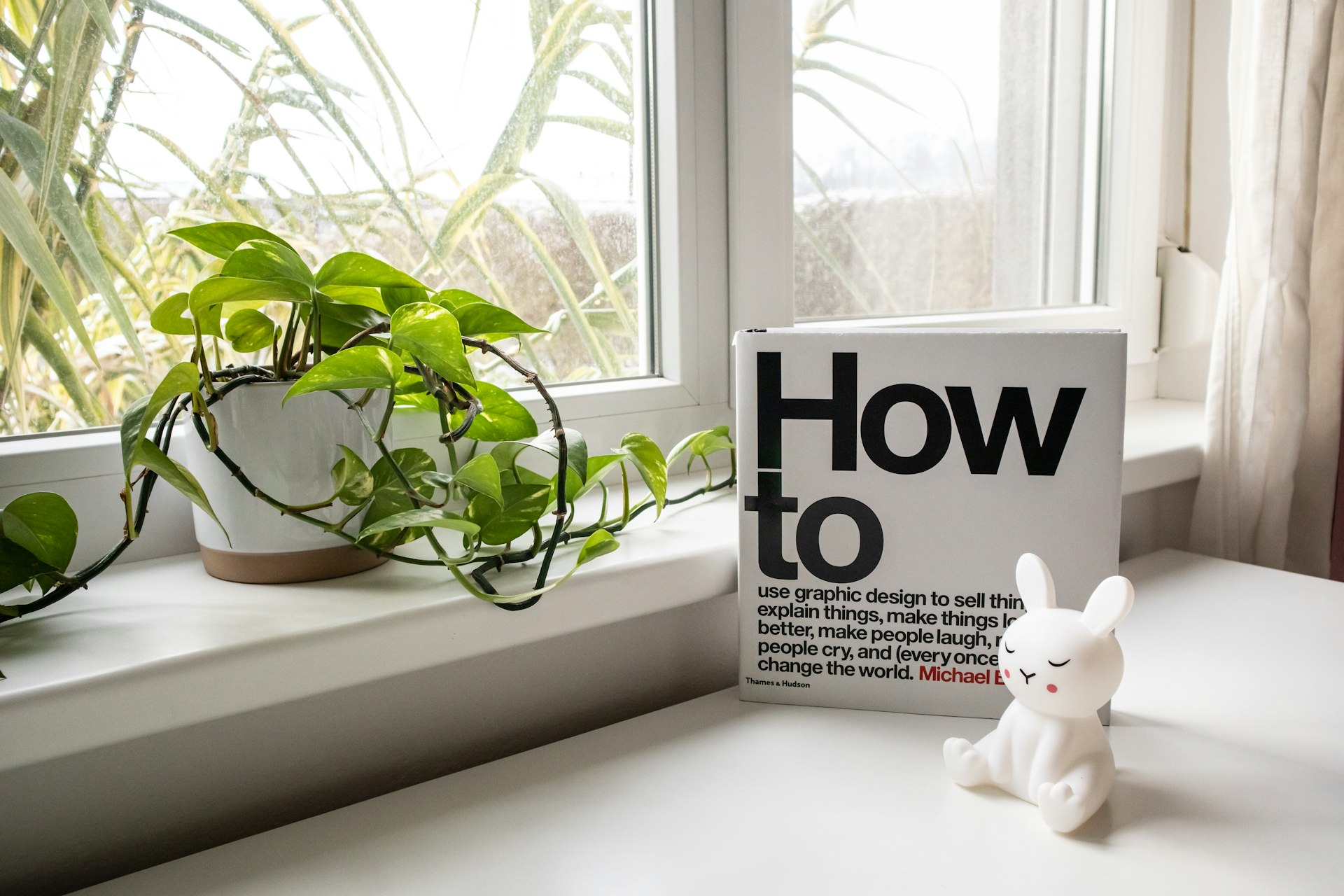Eco-Friendly Raised Garden Bed Plans: Build a Sustainable Backyard Oasis

Photo by Lucy Nysen on Unsplash
Introduction to Eco-Friendly Raised Garden Beds
Eco-friendly raised garden beds offer gardeners a practical way to grow vegetables and flowers while supporting soil health and reducing their environmental impact. By using non-toxic materials and regenerative techniques, you can build a garden that benefits both your family and the planet. Raised beds make gardening accessible for all, improve soil quality, and allow for creative garden layouts that fit any backyard.
Why Choose Eco-Friendly Raised Beds?
Traditional garden beds often rely on pressure-treated lumber and synthetic treatments, which can leach chemicals into the soil. Eco-friendly raised beds use safe, natural materials like untreated pine, cedar, or redwood, paired with non-toxic sealants. These choices protect your crops from harmful substances and promote healthier soil ecology. Regenerative gardening practices, such as no-till methods and organic amendments, further enhance the environmental benefits by sequestering carbon and supporting biodiversity. [2]
Planning Your Raised Garden Bed
Start by assessing your space and choosing the bed dimensions that fit your needs. Common sizes include 4 ft. by 8 ft., which allows easy access to the center from either side and minimizes material waste. [3] Consider the height of your beds: 6 inches is sufficient for most crops, but taller beds (12-18 inches) are ideal for accessibility and deeper root growth. [2] If you have mobility concerns, raised beds with legs or elevated platforms can be built to make gardening easier.
Choosing Non-Toxic, Sustainable Materials
For the frame, select untreated pine , cedar , or redwood . Cedar is naturally rot-resistant and durable, making it an excellent choice for outdoor use. [1] Avoid pressure-treated lumber, which contains chemicals that can harm plants and soil life. For added longevity, you can treat the wood with eco-safe sealants, such as those offered by Valhalco or Tall Earth. [5] Screws and framing angles should be galvanized or stainless steel to resist rust and extend the life of your bed.
Step-by-Step Construction Guide
Follow these steps for a simple, sustainable raised bed:
- Measure and Cut Boards : For each bed, you’ll need four boards for the sides. Standard dimensions are 8 ft. for length and 3-4 ft. for width. Cut boards to size using a circular saw. [5]
- Mark and Drill Holes : Mark where framing angles will go, and carefully drill straight holes. [4]
- Assemble Panels : Attach framing angles with hex screws, washers, and nuts. Build two panels, then connect them to form a rectangle.
- Secure and Place : Position the bed in your garden, ensuring it’s level and stable. Fill with a mix of compost, organic soil, and, if desired, layers of logs and branches for a hugelkultur approach. [2]
- Mulch and Plant : Top with mulch to retain moisture and suppress weeds. Plant crops that suit your climate and gardening goals.
For those seeking more advanced plans or specific adaptations, consider integrating trellises, netting, or cold frames to extend the growing season. [5]
Real-World Example: Building in a Challenging Climate
One gardener in New England constructed six raised beds of 8 ft. by 3 ft. using pine wood and non-toxic sealant to make the most of leftover loam. The beds were customized to fit an enclosed vegetable garden, with adaptations for plastic covers and trellises to suit the local climate. [5] This approach highlights the flexibility of raised beds and the practicality of sustainable gardening practices.
Regenerative Gardening Practices
Eco-friendly raised beds are ideal for integrating regenerative methods, such as:
- No-Till Gardening : Avoid disturbing the soil to protect its structure and microbial life. [2]
- Composting : Incorporate kitchen scraps and yard waste to enrich the soil naturally.
- Crop Rotation : Change plant families each season to minimize pests and diseases.
- Companion Planting : Grow complementary plants together to improve yields and reduce chemical inputs.
These practices help sequester carbon, reduce reliance on synthetic fertilizers, and foster a vibrant ecosystem in your backyard.
Potential Challenges and Solutions
Building eco-friendly raised beds comes with considerations. Non-toxic woods like cedar and redwood can be more expensive, but they offer greater longevity. Sourcing local materials or reclaimed wood, when available, can reduce costs and environmental impact. Soil quality is vital-using organic compost and avoiding synthetic amendments ensures a healthy, productive garden. [1] For small spaces, modular beds or vertical gardening setups offer alternatives to traditional layouts.
Alternative Approaches
If wood is unavailable or cost-prohibitive, consider using repurposed bricks, stone, or recycled composite boards. These materials can be sourced from local suppliers or community reuse centers. For a more advanced eco-friendly bed, try hugelkultur-a German method using logs and branches as the base layer, which decomposes to feed your plants over time. [2]
How to Access Expert Resources and Support
For detailed tutorials, you may consult reputable gardening blogs and organizations. The Tall Earth Blog offers step-by-step guides for building non-toxic raised beds, including wood selection and treatment advice. [1] Gardenary provides easy-to-follow construction methods, material lists, and expert tips for budget-friendly raised bed builds. [4] If you are seeking local materials or support, consider contacting nearby lumber yards or garden centers and inquire about sustainably sourced products. For community expertise, join local gardening clubs or online forums focused on organic and regenerative gardening.
Step-by-Step Guidance for Getting Started
To begin your eco-friendly raised garden bed project:

Photo by Ariane Frei on Unsplash
- Identify your available space and desired bed dimensions.
- Choose untreated, sustainable wood and non-toxic sealant.
- Gather materials: boards, framing angles, screws, soil, and compost.
- Follow detailed construction guides from reputable sources.
- Apply regenerative gardening techniques for long-term soil health.
- Seek advice from experienced gardeners or certified professionals when needed.
If you need assistance sourcing materials or want more design ideas, visit established gardening websites or search “eco-friendly raised bed plans” and “regenerative gardening” on credible platforms.
Key Takeaways
Eco-friendly raised garden beds are an investment in sustainability and soil health. By selecting non-toxic materials, following detailed construction plans, and adopting regenerative practices, you can create a productive garden that benefits your family and the environment. Numerous resources are available online to guide you through every step, and alternatives exist for every budget and skill level.
References
- [1] Tall Earth Blog (2015). DIY Non-Toxic Raised Garden Beds.
- [2] Eco-Friendly Homestead (2025). Raised Bed Garden Ideas: The Regenerative Way.
- [3] Fine Gardening (2025). Build Your Own Raised Beds.
- [4] Gardenary (2025). How to Build a Raised Garden Bed for Just $100.
- [5] Henry VandenBroek Blog (2024). Build Lasting Eco-Friendly Raised Garden Beds.



